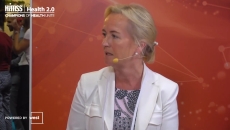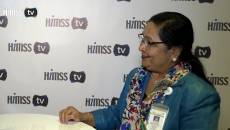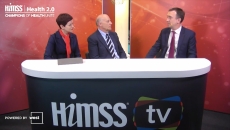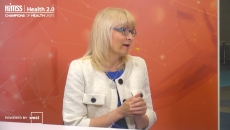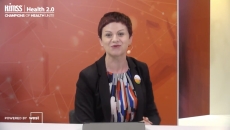Quality and Safety
Dr. Johanna Mattson, director of Comprehensive Cancer Center at Helsinki University Hospital, said cancer patients who were more deeply connected to their caregivers lived 6-7 months longer.
Dr. Markus Müschenich, MPH, managing partner at Flying Health, says self-driving cars will free up time for riders who will no longer have to concentrate on driving, providing a business opportunity for digital health companies.
Identify super-users, communicate benefits to the staff and work together on the journey, says Rajakumari Ravikumar, director of nursing with Dubai Health Authority.
Konstantin Parshin, vice president of the Skolkovo Foundation, says the Russian high-tech innovation center includes startups with a mission to improve healthcare around the world.
Finland's Permanent Secretary at the Ministry of Social Affairs and Health Päivi Sillanaukee, MD, PhD, says that health data collected securely is creating trust between the government and its citizens.
Blockchain ensures greater data integrity in areas such as AI, analytics and regulatory reporting, which can increase public confidence in the use of data, says FarmaTrust CEO Raja Sharif.
Watch the stream of the second day of our Helsinki event in its entirety, which included interviews with experts and thought leaders discussing pressing issues including interoperability and EHRs.
To ensure a successful digital transformation, physicians and nurses need to be part of any planned digital implementations, says Philippe Kolh, CIO at University Hospital of Liège, a Stage 6 EMRAM Belgium-based hospital.
StethoMe CEO and co-founder Wojciech Radomski discusses the use of AI with his company's EC2VC-winning smart stethoscope and why AI is crucial in an era where more and more digital health devices are found in the home.
The program is intended to assist drug supply chain stakeholders in identifying and tracing certain prescription drugs.
